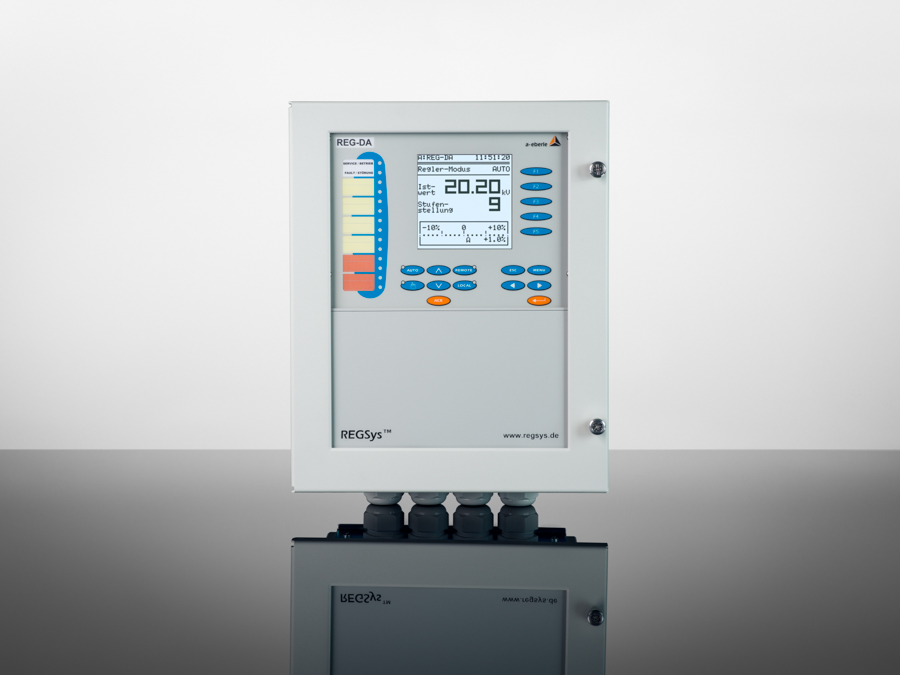
The voltage regulator REG-D(A) is normally tasked with controlling voltage on the secondary side of a transformer. The main task here is to achieve the best possible balance between voltage stability and the number of taps. On top of this, the PQCtrl feature can be used to extend the range of uses of the REG-D(A). The PQCtrl feature was developed for the regulation of phase-shifting transformers but can also be used for other purposes. Where P/Q control takes place, the active or reactive power can be regulated rather than the voltage.





